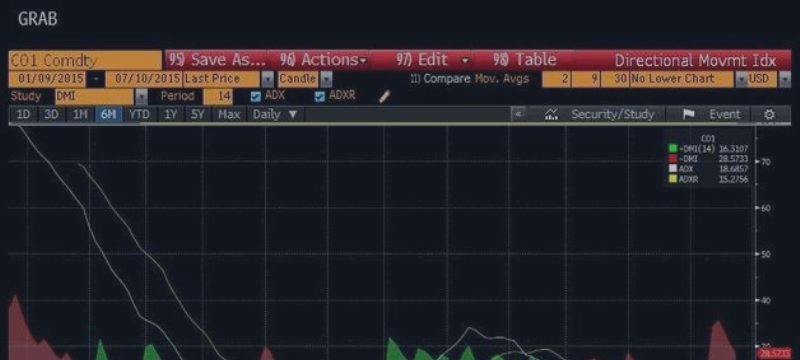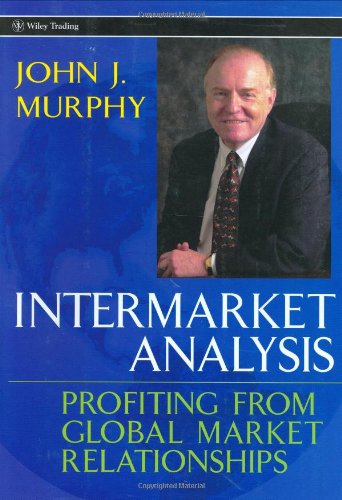
Learn to Chart, Learn to Lose Less Money, Technical analysis for the masses
Here is reality: Books on charts, or technical analysis, sell like hotcakes.
People who try to extract what stocks, bonds, currencies, and commodities will do in the future love books that talk about candles, lines, support, resistance, and whether J. Welles Wilder's Average True Range is an Act of God. They adore the underlying arithmetic and calculus of the x- and y-axes, and sometimes even the z-axis, with a religious fervor. They sleep with pencil in hand. Two types of animals graze on the Cartesian plane—those who are purists and those who blend technical with fundamental and economic analysis. I am in the latter group.
Here are five books of a more ancient cast that I have found to be above average and true and that will get you beyond your present investment range.

Technical analysis is about discrete moments in time. You don't go from a to d. You always go a to b, to c, then to d. How you get there involves acute serial math. Wilder owns and indeed invented many of our methods of how to get from a to d. As an aside, New Concepts is modestly "math," sometimes challenging to take in and always original. His ADX/DMI model has helped me not lose money many times (Nerd Alert: always use ADXR with a 14-unit lookback.) This book is outstanding as a first read to more modern accessible treatments of trend-based analysis.

One of the great challenges of technical analysis is the number of people involved. All good people, but they have not removed themselves from the core foundation of the x-axis: time. A.W. Cohen codified the late-19th century work on point-and-figure charts. This is the core reading on observing the change in price without respect to time. Lost? Get in line. The Cohen is always, in every case, read and reread and restudied to truly understand the value of taking time out of the Euclidian space. This is the single and seminal must-read that was later carried forward by the likes of Michael Burke and Louise Yamada. Tom Dorsey has been particularly strong (see here) in bringing relative-strength analysis into the twilight zone of a time-free world.

This tome is worth reading cover to cover. Like many classics of chart analysis, the author creates moving brilliance in a chapter here, a chapter there. George Kleinman owns the study of moving averages. This is important for two reasons. Firstly, as a rule, moving-average analysis is garbage. Most of it is math-clueless. Secondly, the application of moving averages can never be applied in a vacuum. When moving averages are applied alone, they are a license to lose capital. Always use three moving averages within a set of studies. Always read George Kleinman, and in this edition, always read chapters nine and 10.
John Magee changed in every way how we extrapolate forward in finance and investment. As an aside, he restructured how we look at economic data. The above is the rarest of rare first editions. Like the 1947 revolution in American economic data, Magee's 1948 opus changed how we guess. There are fabulous new editions, all much improved. To true technicians, this first edition is where support and resistance began. Selected technicians have been known to be buried with Magee in their casket.

Finally, there are two camps: the purists and those who have sinned.
I have sinned but feel OK about it because I am in good company. Ed Hyman, Jason Trennert, David Malpass, Louise Yamada, Chris Verone, et al. insist on combining economics, fundamentals, and technicals. They may each have different weightings of the three spheres of influence, but they are removed from the purists that just look at charts. (Pro Tip: The weighting can vary when looking at, say, Alibaba or gold, and critically, can vary when thinking short or long. I emphasize technical analysis for shorting and particularly when exiting a short position.) John Murphy is this generation's master at this combinatorial approach. He has been fearless in pushing back against the purists. But St. Murphy, in the eyes of chartists, has sinned.
Discuss with pencil in hand come to https://www.mql5.com/en/signals/111434


